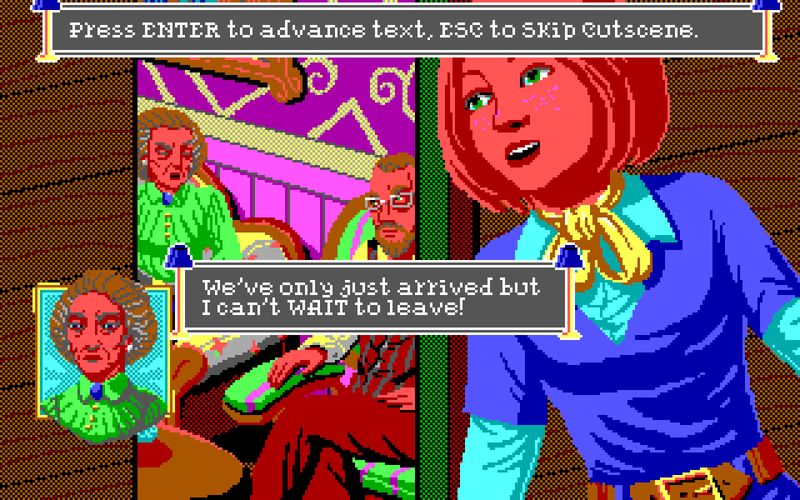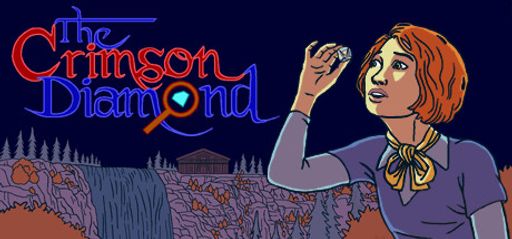I’ve just wrapped up Julia Minamata’s latest indie mystery adventure, The Crimson Diamond. If you’ve ever wondered how a retro–style text parser game could feel both fresh and detailed in 2024, this is it. Here’s my breakdown—what dazzled me, what tripped me up, and why this ghost-town whodunit could be the next big thing for cozy speedrunners and puzzle hounds.
Overall Impressions
From the moment Nancy Maple, an apple-cheeked amateur geologist, rolls into the abandoned mining town of Crimson, you know this isn’t a typical throwback. The game’s EGA palette and text-parser interface wear their old-school roots proudly, yet every corner of that cold, creaky lodge brims with life. What stood out most was the depth of detail: mineralogy drives puzzles, family secrets unravel in layers, and choices shape the endings. On the flip side, the parser’s precision can feel harsh—you’ll need patience (and maybe a hint guide) for those one-word-only moves. Compared to modern peers like L.A. Noire or slick point-and-clicks, The Crimson Diamond feels smaller in scope but richer in interaction.
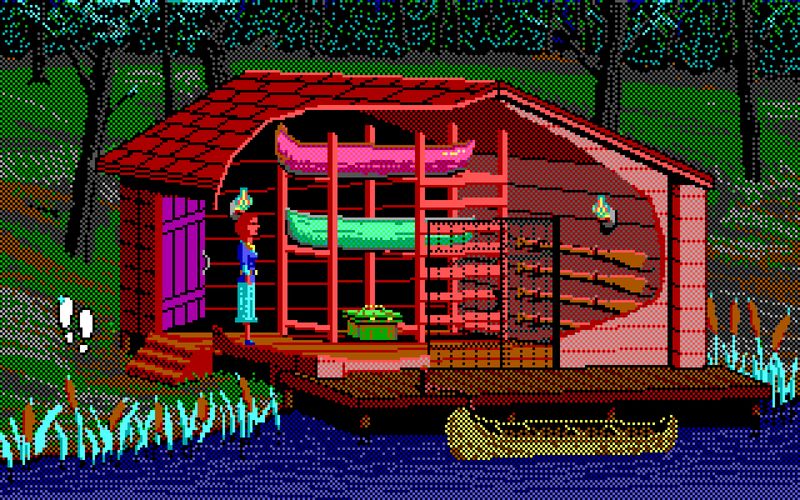
Gameplay Mechanics
At the heart of the game is its uncompromising text parser. Gone is the generic “use” command—you must be exact. Want to search a desk drawer? Type “search drawer.” Need to check a tiny mineral imprint? Hit “examine imprint.” This three-tiered model—look, search, examine—unlocks hidden details you’d otherwise miss. One player spent five minutes trying “pour water on fire” variations before learning the magic word “douse.” That friction can feel rough, but it forces you to think like Nancy: precise, methodical, and always searching for the perfect command. For speedrunners, this design is both dream and nightmare. Every step matters, and trimming wasted attempts can save precious seconds.
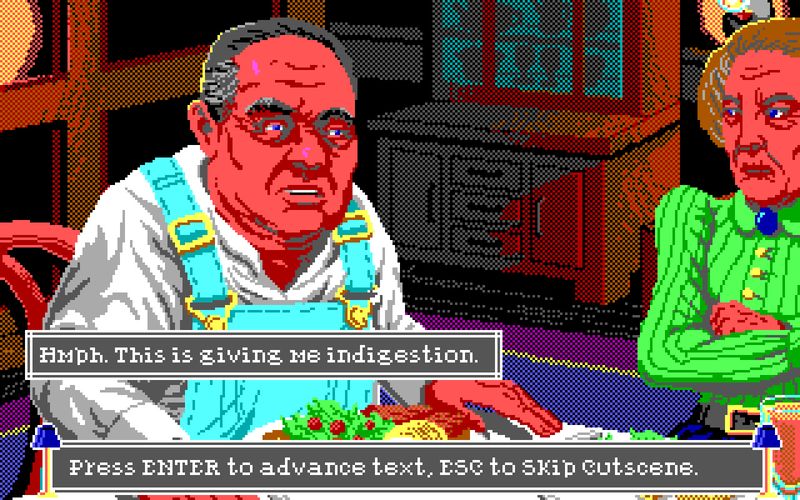
Story and Characters
Julia Minamata delivers more than a mystery; she builds a breathing world. Nancy Maple isn’t a plucky amateur—her autistic focus on crystal structures and sharp eye for details fuel her charm and detective edge. Alongside her, you’ll meet a strapping Mountie, tangled Maple family drama, and a cast who either help or hinder progress. What makes them memorable is how their backstories link directly to puzzles: a broken footbridge, a locked safe, or a hidden diary of scandals. Every interaction reinforces that Crimson isn’t just a backdrop—it’s a puzzle box in itself.
Visuals and Graphics
Don’t let the sidewalk-chalk palette fool you. The 16-color EGA art is functional and nostalgic. Every creaking floorboard, dusty lamp, and crystal-studded cave wall pops with retro glow. The “spray-tan” skin tones add old-school charm, like flipping through a worn adventure manual. Minamata’s pixel art balances simplicity and readability, ensuring you never lose track of key items or exits.
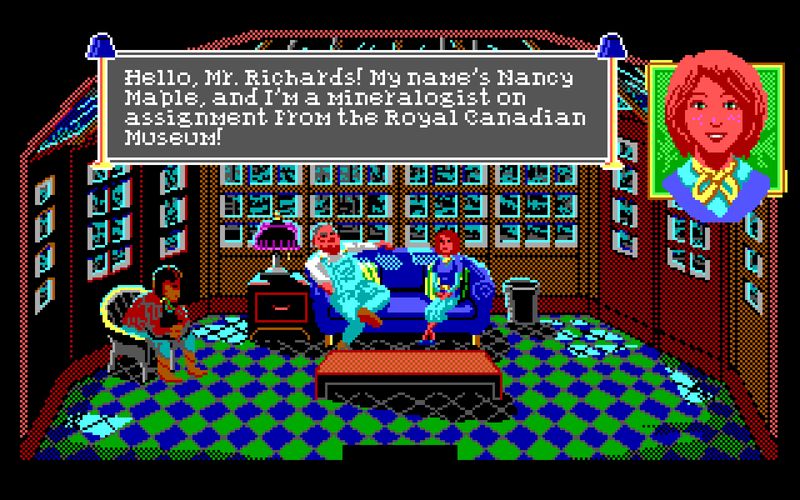
Sound and Music
The audio leans on minimalist chiptune melodies and ambient FX—footsteps on planks, the hum of a generator, the drip of water in a shaft. It’s spare, atmospheric, and never overstays its welcome. There’s no voice acting, but the parser clicks and beeps feel like nods between Nancy and the player. In tense moments—say, racing to unlock a hatch before a bridge collapses—the music pulses just enough to raise the stakes without drowning your focus.
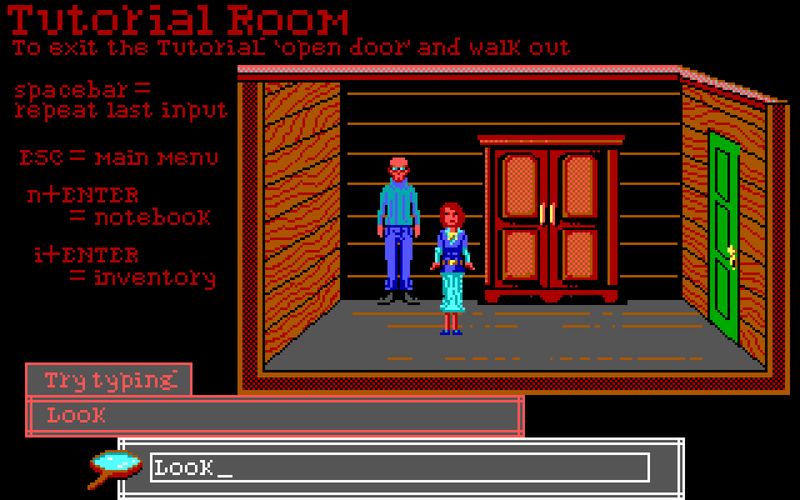
Difficulty and Replayability
This is a game that rewards patience and curiosity. Sprint through it and you’ll miss entire strands of the story. One reviewer even overlooked a major arc until replaying a large chunk. I recommend at least two runs: one for the core narrative and another for all branching clues and endings. The parser’s sensitivity to phrasing can feel like a puzzle itself, so keep a small notebook of working commands. As a speedrunner, I’ve already sketched dozens of routes through Nancy’s investigation, and I can’t wait to refine them.
Trivia and Behind the Scenes
Julia Minamata is both developer and publisher. She composed the art, wrote the parser engine, and even recorded the ambient loops. Her research into Ontario’s mining history shows in every detail, from authentic mineral names to the backstory of the real-life town that inspired Crimson. The game launched August 15, 2024, and holds a “Very Positive” rating on Steam. It proves a single, driven auteur can outshine big teams when passion meets execution.
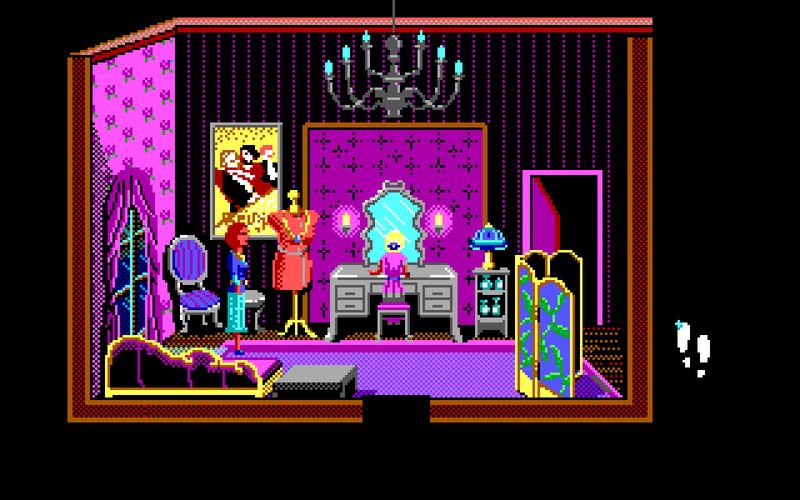
Final Thoughts
The Crimson Diamond is a love letter to classic parser adventures that also breaks new ground in detail, interactivity, and narrative depth. It can be demanding—especially if you expect forgiving modern controls—but the payoff is a richly woven detective story that begs for multiple playthroughs. If you’re ready to re-embrace the text parser and dive into one of the most intricately built mystery worlds in years, few games are as rewarding.
Rating: 4.5 out of 5 stars
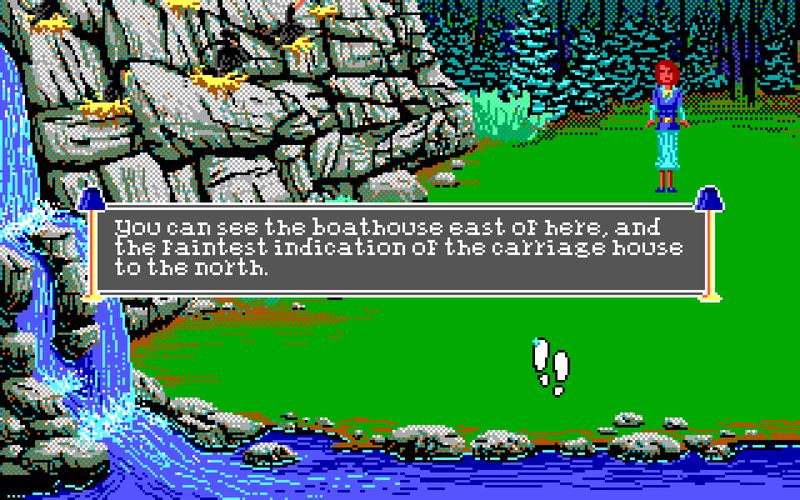
Reasons to play: Unmatched parser depth, richly detailed world, high replay value.
Room to improve: Parser frustration; a hint system or in-game command log would help.
Until next time, keep your wits sharp, your parser keystrokes precise, and your completion times even sharper. Happy speedrunning!
